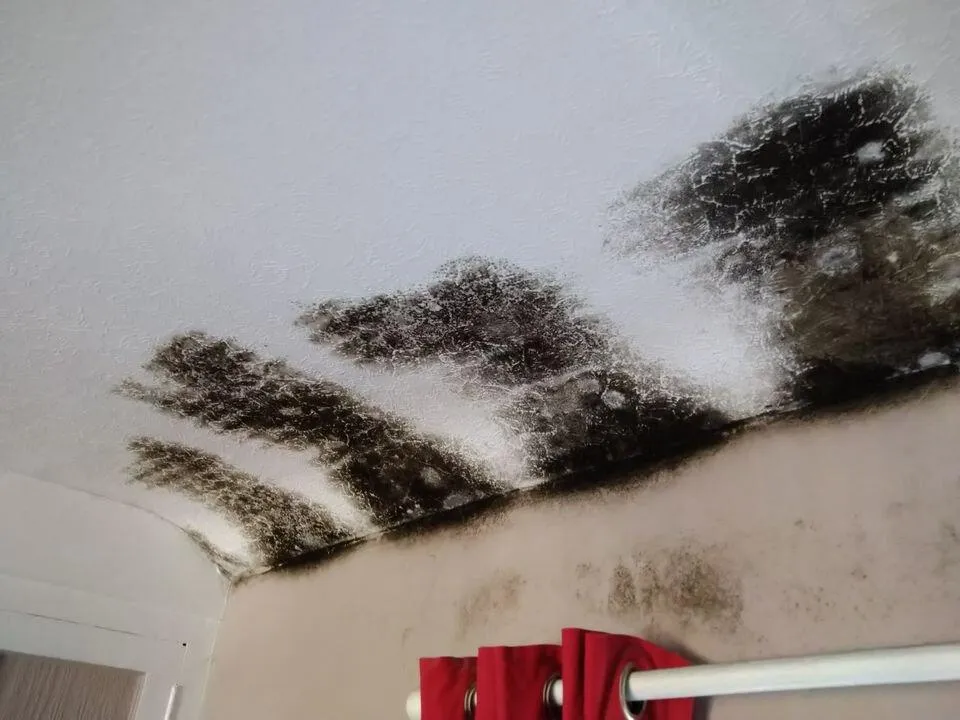
The Impact of the Homes (Fitness for Human Habitation) Act
On 20 March 2019 a new law came into force to make sure that rented houses and flats are ‘fit for human habitation’. This means the property should be safe, healthy and free from things that could cause serious harm (for example, if the property is too cold and the tenant cannot heat it, this can affect the health of the occupants). Where rented houses or flats are not considered fit for human habitation, tenants of these properties can take their landlords to court and the court can make the landlord carry out repairs, put right health and safety problems and pay compensation to the tenant.
The new Act amends sections 8 to 10 of the Landlord and Tenant Act 1985 alongside S11 (to keep the structure and exterior in repair). The main amendment being introduced by the new Act is to section 9. The new s9A(1) of the LTA implies two covenants by the landlord into (most) tenancy agreements for residential properties in England that:
the dwelling is fit for human habitation as the time the lease is granted or otherwise created or, if later, at the beginning of the term of the lease; and
the dwelling will remain fit for human habitation during the term of the lease.
Therefore, a covenant is implied into the tenancy agreement that the property is fit for human habitation and will remain so during its term. This extends to the dwelling and any other part of the building which the landlord has an estate or interest, such as exterior walls and common parts. It further states that landlords cannot contract out of this covenant, avoid it in any other way and they cannot charge a tenant any penalty if they seek to rely on it.
There are some exceptions where landlords are not liable:
If the property becomes unfit for human habitation as a result of the tenant failing to behave in a tenant-like manner.
If the property is rendered unfit as a result of a breach of contract by the tenant.
If the property is destroyed or damaged by fire, storm, food or some similar accident, the Act will not create an obligation on the landlord to reinstate or repair it.
There is no obligation on a landlord to repair anything that the tenant is entitled to remove from the property, in other words, the tenant’s own property.
Further, if any repairs or works would put the landlord in breach of another statutory obligation, the landlord will not be obliged to carry out that work. For example, a landlord will not be in breach of the implied covenant if the work required would put them in breach of consents in a listed building.
Finally, the most likely exception to be used by landlords is where they require the consent of a third party (e.g. a freeholder) to carry out the work needed but that consent has not been forthcoming. Landlords will, nonetheless, need to show that they have made reasonable efforts to obtain that consent.
It’s worth noting that the new obligations extend not only to the property being let itself but also to any part of the building in which the landlord has an estate or interest. This is especially important to note in instances where the landlord owns a block of flats. We, as experts, are particularly keen on identifying potential hazards within communal areas, in relation to fire doors, means of escape, emergency lighting and fire stopping as examples.
It is of note that it is not necessary to establish a Category 1 or 2 hazard under the Housing Health and Safety Rating System for a court to find that a property is unfit for human habitation. Section 10 of the LTA lists ten issues that the court shall have regard to when considering whether a property is fit for habitation. These are as follows:
Repair (e.g. S11 LTA) – has the building has been neglected or is it in bad condition.
Stability – is the building itself unstable.
Freedom from damp – is there a serious problem with damp.
Internal arrangement – it has an unsafe layout – a recent example was where the fridge-freezer had to be kept in front of the kitchen door as there was not room for it in the design of the kitchen.
Natural lighting – is there enough natural light.
Ventilation – is there sufficient ventilation throughout the property e.g. mechanical extraction in the bathroom and kitchen.
Water supply – is there a problem with the supply of hot and cold water
Drainage and sanitary conveniences – are there issues with the drainage, sinks and/or toilets.
Facilities for the preparation and cooking of food and for the disposal of waste water –is it difficult to prepare and cook food, is there sufficient space and storage, is there damage to the kitchen sink which means it’s difficult to wash up.
Any prescribed hazard.
The final point above refers to section 10(2) of the LTA and includes any matter or circumstance amounting to a hazard under section 2 of the Housing Act 2004. This includes Category 1 and 2 hazards under the Housing Health and Safety Ratings System. The HHSRS lists 29 potential hazards as follows:
damp and mould growth
excess cold
excess heat
asbestos and manufactured metal fibres
biocides (chemicals that treat mould)
carbon monoxide
lead
radiation (from radon gas, which is airborne or in water)
uncombusted fuel gas (leaks in gas appliances)
volatile organic compounds (chemicals which are gases at room temperature)
crowding and space
entry by intruders (such as not having a lock on your front door)
lighting
domestic hygiene, pests and refuse (including inadequate provision for disposal of waste water and household waste)
noise
food safety
personal hygiene, sanitation and drainage
water supply
falls associated with bath or shower
falls associated with stairs and steps
falls on the level (danger of falling on a flat surface)
falls between levels (danger of falling from one level to another, for example, falls out of windows)
electrical hazards
fire and fire safety
hot surfaces and materials
collision and entrapment
explosions
physical strain associated with operating amenities (i.e. very heavy doors)
structural collapse and falling elements
Landlords are dutybound to remedy problems found within a reasonable amount of time. The length of time will depend on the problem and how serious it is. The landlord is not expected to know of any latent defects on parts where he would not have immediate access. A notice must be served on the landlord to allow for inspection and repair. The courts may order that any obligation to carry out repairs do not come into existence until notice of defect is served. Before accessing the property to carry out the repairs, unless it is an emergency, the landlord is to give 24 hours written notice and the visit should be within ‘reasonable’ hours.
Of note: There is no need to provide a notice of defect to a landlord on common parts which are within his control. This particularly affects Houses of Multiple Occupation as the landlord is immediately liable and expected to be aware of the latent defect.
The impact the new Act has on housing conditions claims includes two common issues; damp and mould and excess cold. Previously, under S11 damp and mould had to be caused by a structural defect to or causing a defect to the structure or exterior. Now, however, provided the tenant is not responsible, the mere existence of damp and mould could trigger liability under the new provisions. Likewise, previously excess cold was dependent on whether installations were in good working and landlords were under no obligation to, for example, fit older properties with radiators etc. Now the Landlord has an obligation to alleviate excess cold irrespective.
The mere presence of one of these hazards would not in itself be sufficient S10 goes on to say that the dwelling shall be regarded as unfit for human habitation if, and only if, it is so far defective in one or more of those matters that it is not reasonably suitable for occupation in that condition.
Going back to our example above, damp and mould needs to be properly addressed by experts during any inspection, particularly in relation to whether tenant lifestyle is to blame. This include tenants not heating the property properly (assuming that there is heating available and it is in working order), belongings being stored against walls (impeding airflow), clutter, not using mechanical extraction (again, where available and if working).
Section 10 would imply that if a tenant/expert report seeks to rely on the findings of one or more of the hazards listed, but then fails to address the issues of decanting the tenant, would the inference be that the property is FIT for human habitation? The subject of another blog post…
